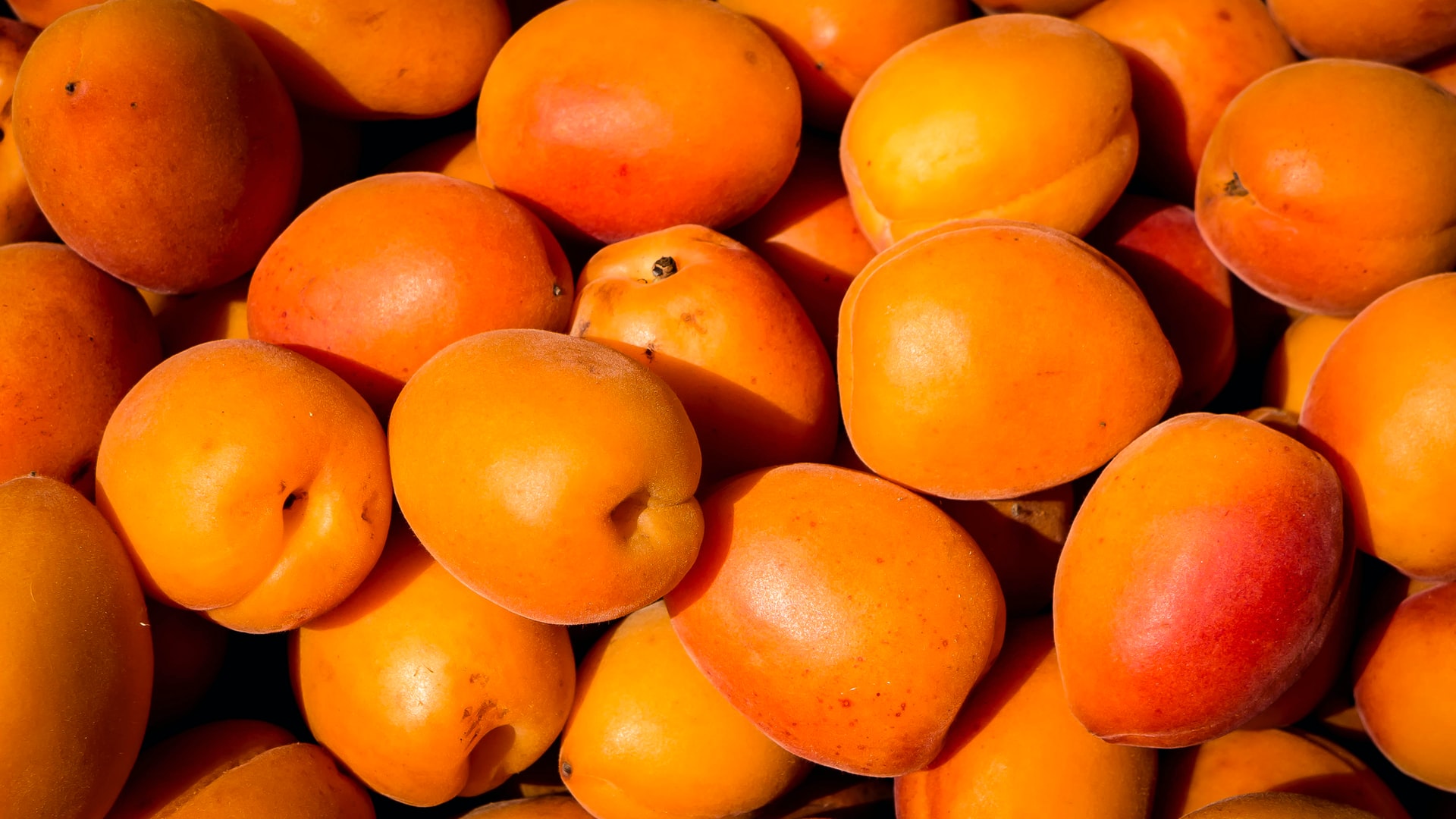The apricot (Prunus armeniaca L.), despite what its botanical name might incorrectly suggest, does not originate from Armenia.The apricot is an ancient fruit species that was cultivated in China as early as five thousand years ago.
It is believed that apricots were brought from China to Armenia. There, the fruits were discovered by Alexander the Great, who introduced them to Greece under the name Armenian apples. After the period of Christ, apricots spread from Greece to Rome and then to other parts of Europe. They entered production in the United States only in the 18th century.
In temperate climates, few fruit species are as useful as apricots. In terms of appearance, taste, and nutritional content, apricot fruits are considered top-quality table fruits and are unsurpassed for various methods of processing and preservation (dried, compote, juice, jam, preserve, etc.).
Despite a range of biological and economic characteristics that make apricots significant, their value is significantly reduced due to their increased sensitivity to various diseases, the most notable being apoplexy.
Today, the largest producers of apricots are Turkey, Iran, and Italy.
Nutritional Value of Apricots
Apricots are one of the richest natural sources of vitamins A, C, B complex, potassium, and beta-carotene. They are a good source of dietary fiber, cellulose, and pectin, which positively affect digestion, and are recommended for anemic individuals due to their high iron content.
The delicious orange fruit, also known as “royal fruit,” contains 48 kcal (201 kJ) of energy per 100 g of fresh fruit, 1.4% protein, 0.4% fat, 11.12% carbohydrates, 18% dietary fiber, and 80% sugar.
Apricots are a good source of vitamin C, providing 12.5% of the recommended daily intake, and are rich in carotene (about 1500 mg), which gives them their color. They also contain B vitamins, folic acid, and vitamin E. Among minerals, they have a significant amount of potassium – 259 mg per 100 g, while other minerals (calcium, phosphorus, magnesium, iron, zinc, copper) are present in trace amounts. They also contain a substantial amount of lutein and zeaxanthin (89 mg).
Dried apricots are richer in energy (241 kcal) and carbohydrates (62.64%, of which 53.44% is sugar), have three times more protein (3.4%), and only slightly more fat (0.5%). They are intensely orange due to the high amount of beta-carotene (100 g contains 2.2 mg, which is twice as much as in fresh fruit).
Nutrient Values per 100 g of Fresh Apricots
| Nutrient | Measuring Unit | Amount |
|---|---|---|
| Energy value | kcal | 48 |
| Total fat | g | 0.4 |
| Calcium | mg | 13.0 |
| Sodium | mg | 1.0 |
| Carbohydrates | g | 11.2 |
| Dietary fibers | g | 2.0 |
| Sugars | g | 9.2 |
| Protein | g | 1.4 |
| Potassium | mg | 259.0 |
Usable Value of Apricots
Apart from being a food source, apricots are used as a decorative species, and their wood is of high mechanical and decorative quality.
The nutritional value and composition of the fruit change when dried or thermally processed. The fruit contains various vitamins and polyphenols. The most abundant acid in apricot fruits is citric acid.
In addition to the fruit, apricot seeds are used in the food industry, most commonly as a substitute for almond seeds. The Italian liqueur amaretto is made from these seeds. Apricot seed oil is sometimes used as edible oil.













































